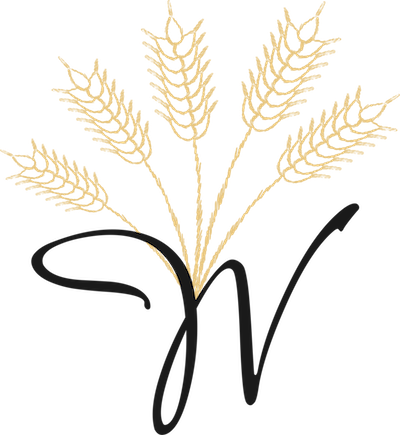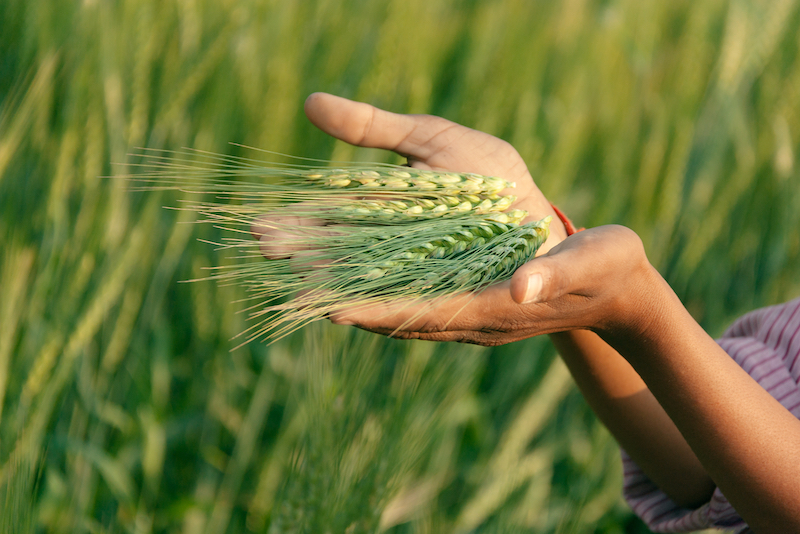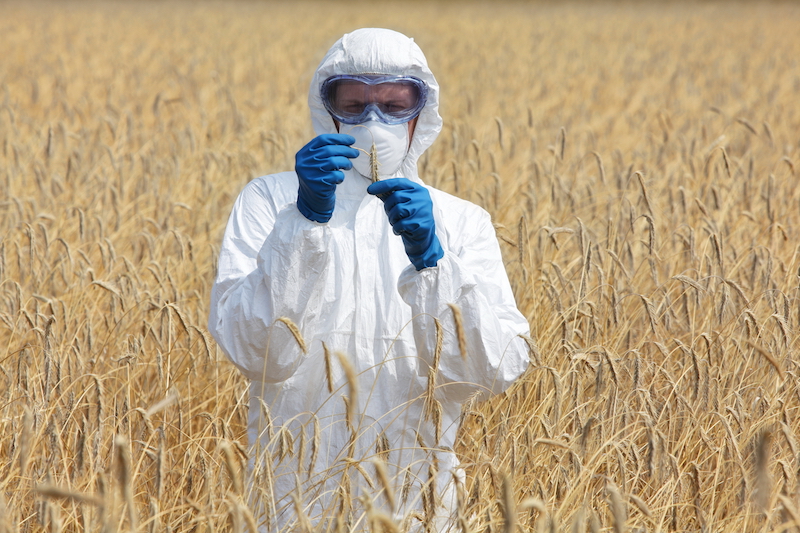The term hybridization can mean several different things. Although many people have been taught to be wary of genetically modified crops, there are ways to genetically change a crop that doesn’t fall under the GMO label.
Celiac disease and non-celiac gluten sensitivity are on the rise globally. Roughly 1 percent of the population suffers from celiac disease and 5 to 10 percent have non-celiac gluten sensitivity, however, according to recent research, only 1 in nearly 5,000 cases have been diagnosed. So what is the link between the rising statistic and how wheat is produced?
Some scientists and nutritionists have suggested that hybridization and genetically modified (GMO) wheat has been a key contributing factor to the increase in gluten sensitivities globally.
So let’s go back in time, to explore how the production of wheat has changed from nature’s perfect grain or ‘virgin wheat’ to ‘frankenwheat’. During the 1960s, farmers and agriculturalists tried to create a hybrid wheat strain which would, if successful, increase the yield and be resistant to disease. This was an attempt to increase profits and efficiency of the process.
GMO wheat involves a scientist in a laboratory who alters the gene sequence of the wheat by inserting a desirable trait into the genome. Currently, this is an expensive process and is not available to retailers on a large scale. However, hybridization involves a very similar process.
In hybridization, scientists do not alter the plant’s genome, they instead choose particular strains with specific characteristics and breed them to reinforce those characteristics.
For example, there is a process known as mutagenesis, which involves the wheat seed being exposed to radiation and the chemical sodium azide, resulting in a mutation, making the plant resistant to Beyond, a common herbicide.
Though this may sound like genetic modification, it is instead classified as a ‘hybridization technique’, thus acting as a loophole allowing companies to essentially genetically modify, but escape the scrutiny and testing associated with GMO.
Hybridized wheat is shorter, browner, resistant to disease and higher yielding than crops were in the past. Rather than taller wheat crops, the shorter wheat is quicker to harvest and requires less fertilizer. This may be beneficial to farmers, but it is not the case for human health.
Small alterations in the protein structure of wheat can result in a devastating immune response, largely as the hybridized strain contains significantly more gluten than naturally occurring wheat.
Einkorn, on the other hand, is nature’s original grain. It is called ‘virgin wheat’ because it has not been modified or hybridized like common wheat. It is an entirely different genetic makeup to common wheat: einkorn has 14 chromosomes while common wheat has 42 chromosomes.
This means that einkorn has a significantly lower gluten content than common wheat, making it possible for individuals with gluten sensitivities to eat it without suffering all the side effects (research is still being undertaken to ascertain whether einkorn can be consumed by individuals with celiac disease).
Einkorn is not GMO, it is not hybridized and it is in its natural form. For these reasons, it is more nutrient dense, offering more nutrients, vitamins and trace minerals than regular wheat whilst also offering a different gluten content, yet not compromising on taste.



